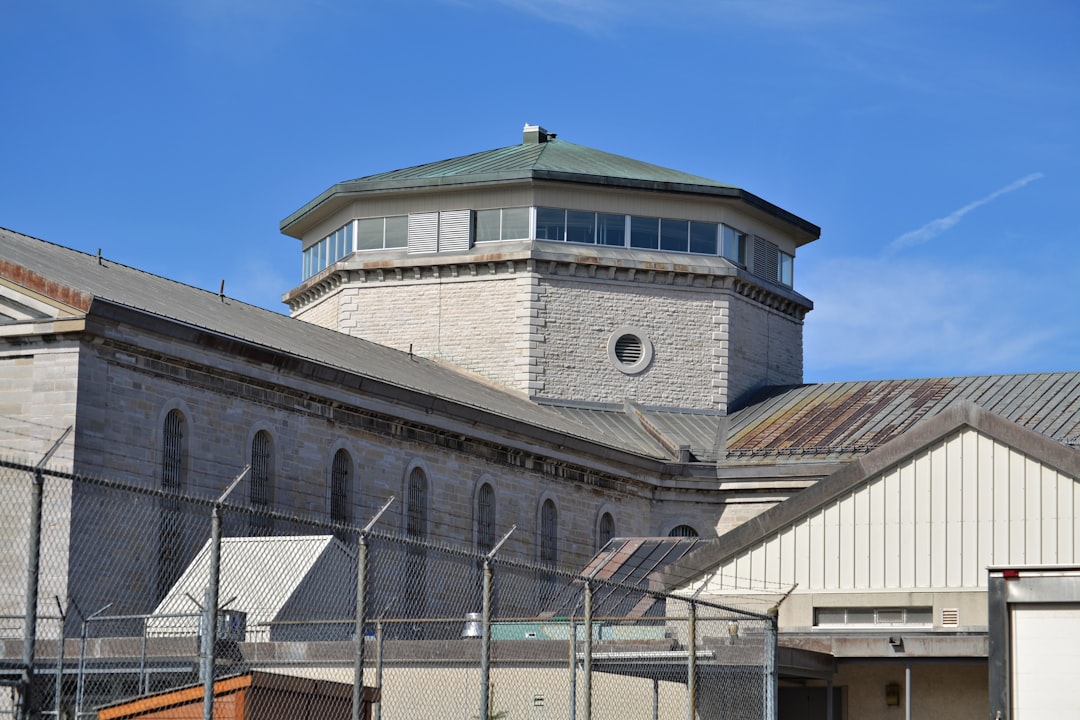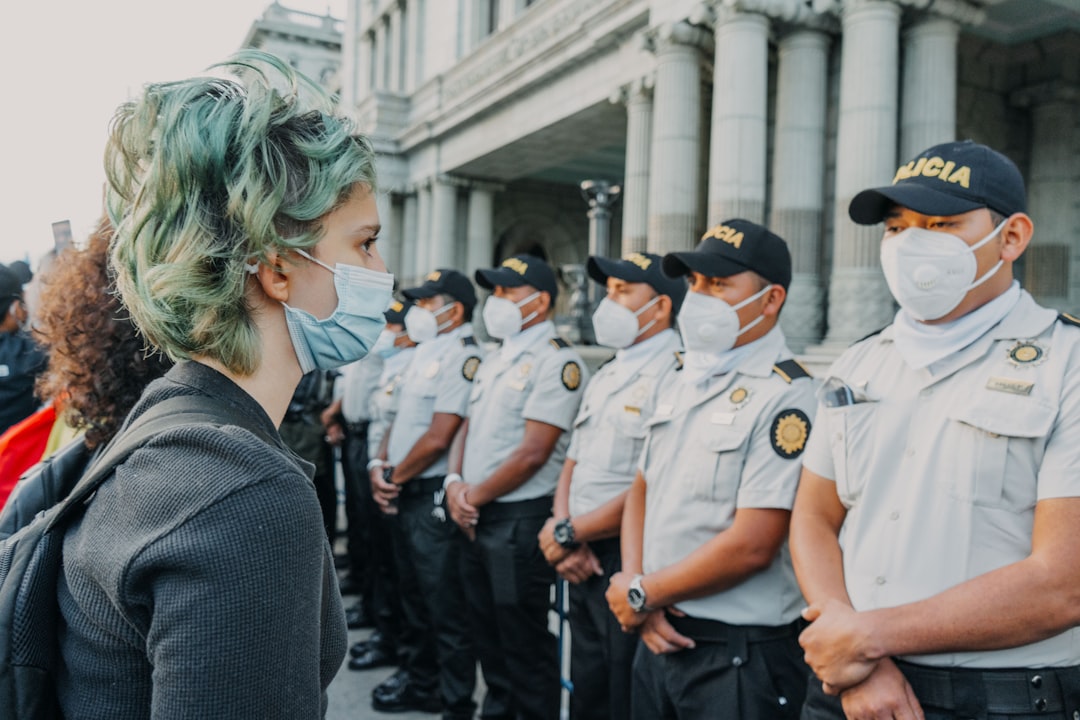The Economic Boom of the 1920s

The 1920s in America, often referred to as the “Roaring Twenties,” was a period marked by economic prosperity and a flourishing stock market. This was a time when industries were booming, and technological advancements were on the rise. The automobile industry, for instance, saw massive growth, with cars becoming a common sight on the streets. People were optimistic, and the stock market seemed like a golden ticket to wealth. However, this prosperity masked underlying economic weaknesses. The rapid rise in stock prices was not always backed by actual company earnings, creating a bubble that was destined to burst. This period of unchecked growth set the stage for the financial collapse that would follow.
Speculative Frenzy and Margin Buying

Speculation became rampant during the late 1920s, as investors sought to capitalize on the seemingly endless rise in stock prices. Margin buying, borrowing money to buy more stocks, became a popular practice. This meant that investors could purchase stocks by putting down only a fraction of the total price, with the expectation that the stock’s value would increase enough to pay off the debt. However, this created a precarious situation. If stock prices fell, investors would be unable to repay their loans, leading to a cascade of selling. By 1929, around 20% of all stocks were purchased on margin, creating a fragile market ready to collapse at the slightest jolt.
Banking Practices and Their Impact

The banking sector in the 1920s played a significant role in the stock market crash. Banks engaged in risky lending practices, often providing loans without adequate collateral. This lack of regulation meant that banks were exposed to significant risk if the stock market faltered. When the market crashed, banks were unable to recover their loans, leading to widespread bank failures. Over 600 banks collapsed in 1929 alone, exacerbating the economic crisis. The interconnectedness of the banking system and the stock market meant that the failure of one had a domino effect on the other, deepening the financial chaos.
Government Policies and the Political Climate

The political environment of the late 1920s was characterized by a laissez-faire approach to the economy. The government refrained from intervening in financial markets, allowing speculation and risky banking practices to flourish unchecked. The Federal Reserve, in an attempt to curb speculation, raised interest rates in 1928 and 1929. While intended to stabilize the economy, this move inadvertently slowed economic growth and reduced consumer spending. The absence of a coordinated governmental response to the brewing crisis left the economy vulnerable, highlighting the need for regulatory oversight.
Public Sentiment and Media Influence

During the 1920s, the public was enamored with the idea of the stock market as a quick path to wealth. This belief was fueled by the media, which often portrayed the stock market as an infallible investment. As a result, even those without financial acumen invested heavily in stocks. When the market showed signs of decline, panic set in. The media, which had once championed the market’s rise, now fueled fears of an impending crash. This shift in sentiment led to a rush to sell stocks, further driving down prices and exacerbating the crisis.
Global Economic Factors

While the focus often remains on domestic factors, global economic conditions also contributed to the 1929 crash. The post-World War I era saw many European countries struggling with debt and economic instability. The United States, as a major creditor nation, was affected by the economic woes of its trade partners. The imposition of tariffs, such as the Smoot-Hawley Tariff, aimed to protect American industries but ultimately led to retaliatory measures from other countries, reducing international trade. This decline in global commerce added pressure to an already fragile U.S. economy.
The Psychological Impact of the Crash

The stock market crash of 1929 had profound psychological effects on the American populace. The sudden loss of wealth shattered the confidence of investors and the general public. People who had believed in the promise of perpetual prosperity found themselves facing financial ruin. This loss of faith had a ripple effect, leading to decreased consumer spending and investment. The psychological impact of the crash was long-lasting, contributing to a prolonged economic downturn and reshaping the American financial landscape for years to come.
Lessons from the Past

The 1929 stock market crash served as a harsh lesson in the dangers of unchecked speculation and inadequate regulation. In the aftermath, regulatory reforms were implemented to prevent a recurrence. The Securities Act of 1933 and the establishment of the Securities and Exchange Commission (SEC) aimed to promote transparency and accountability in financial markets. These measures were designed to restore public confidence and create a more stable financial environment. The lessons learned from this period continue to inform economic policy today, highlighting the importance of oversight and responsible investing.
The Role of Technology in Modern Markets

While the 1929 crash was driven by human factors, today’s stock market is increasingly influenced by technology. The rise of algorithmic trading and high-frequency trading has introduced new dynamics to financial markets. While technology offers increased efficiency and liquidity, it also poses risks. The potential for rapid, automated sell-offs can lead to significant market volatility. As we reflect on the lessons of 1929, it’s important to consider how technology can be harnessed responsibly to ensure a stable and transparent financial system.
Future Implications and Vigilance

Understanding the causes of the 1929 stock market crash is crucial for preventing future financial crises. While the economic landscape has evolved, the core principles of responsible investing and regulation remain relevant. As new evidence sheds light on the factors that contributed to the crash, it serves as a reminder of the importance of vigilance. By learning from the past, we can build a more resilient economy that is better equipped to withstand the challenges of the future.







